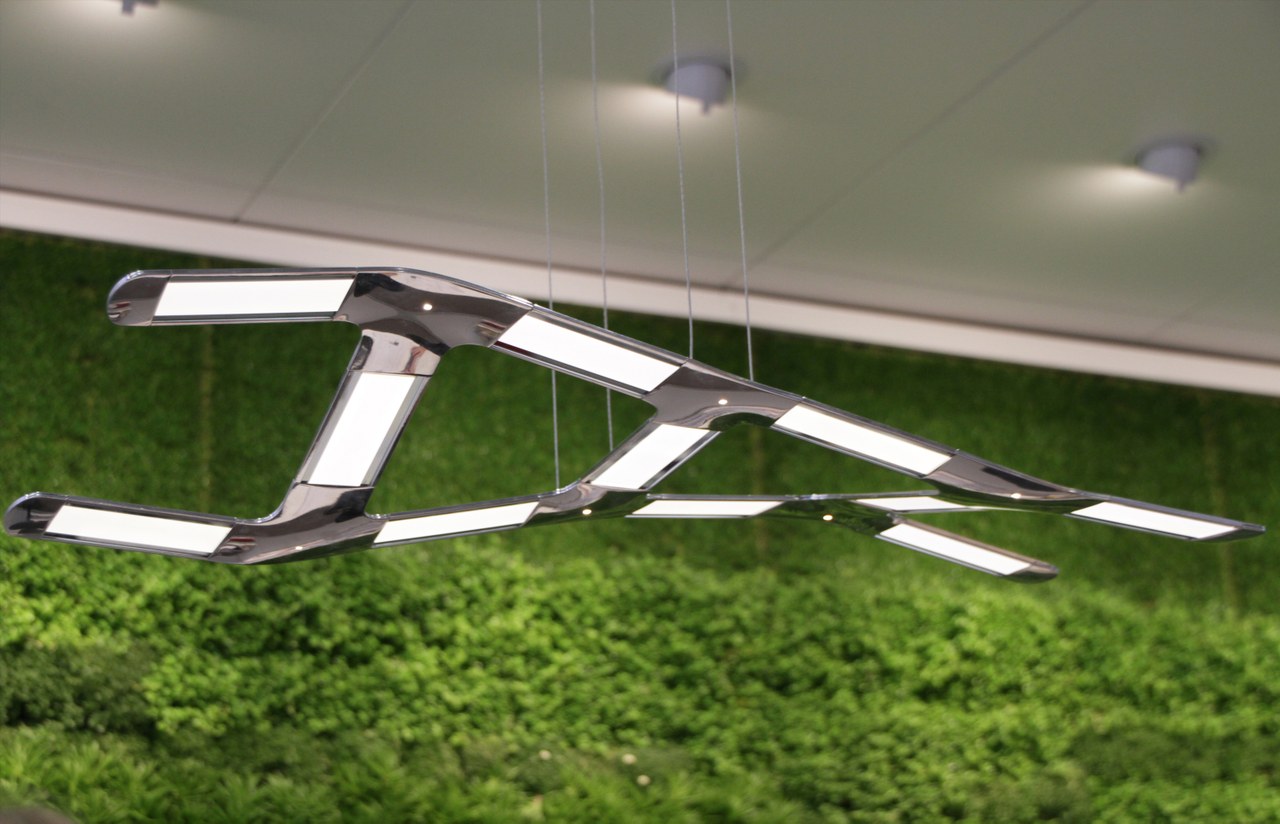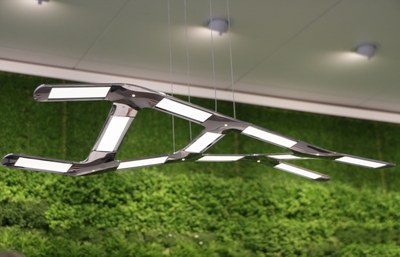2015 Year of (LED) Light
The advent of artificial lighting has revolutionized society. 2015, in particular, will go a long way in establishing solid-state light-based technologies as a vital area of innovation for the 21st century. Dr. Amrita Prasad from LED professional gives an overview of the technical evolution of (LED) lighting and how this may have triggered UNESCO’s decision to make 2015 the Year of Light.
In December 2013, the United Nations General Assembly 68th Session proclaimed 2015 as the International Year of Light and Light-based Technologies (IYL 2015). This worldwide initiative brings the topic of light and its applications to the forefront, raising worldwide awareness about how light- based technologies promote sustainable development and provide solutions to global challenges in energy, education and health. Furthermore, the 2014 Nobel Prize in physics honored the inventors of the blue Light Emitting Diode (LED) - a significant milestone that, in the spirit of the Nobel Prize itself, is of great benefit to mankind. Isamu Akasaki and Hiroshi Amano working at Nagoya University and Shuji Nakamura employed at Nichia Chemicals successfully obtained blue light using layers of Gallium Nitride and increased the efficiency by mixing indium and aluminum. While red and green LEDs were invented almost half a century ago, blue LEDs completed the trio to create white light that can be used for general illumination. The invention and commercialization of these solid-state devices (organic and inorganic LEDs) has created solid-state lighting (SSL) and revolutionized the lighting industry. Artificial lighting has a significant impact on global energy demands and human well-being. About one fourth of the world’s energy consumption is used for lighting purposes and LED light sources are already finding various applications and contributing to sustainability, energy efficiency and improving
quality of life.
The evolution of SSL technology has, so far, followed the Trends of Engineering System Evolution (TESE), demonstrating the natural progression of technology and manufacturing trends. While LEDs have been around for over 50 years, initial applications were only limited to indicator lights in various devices. Developments of the technology in the last two decades has led to more applications such as in traffic lights, exit signs, flashlights etc. The last decade has seen a critical penetration of the LED into the general lighting market from homes to commercial enterprises, largely driven by high efficacies in excess of 150 lumen/Watt, low maintenance, smaller sizes, durability and possible long-term energy savings. This has established the LED as a functionally disruptive technology with the potential to entirely replace conventional light sources. Further, stringent regulations by governmental authorities worldwide are encouraging a wide up-take of solid-state lighting in view of its “green” and
sustainable nature.
SSL is a vital link between electronics and photonics. LEDs produce more light per watt than conventional sources and have lifetimes of over 50,000 hours compared with 1,000 - 2,000 hours for incandescent lamps and 5,000-10,000 for standard fluorescent lights. The efficiency of LEDs is continuously improving, with current energy efficiencies comparable to the most advanced fluorescent or halogen lamps. Further, LEDs do not contain any toxic elements such as mercury (commonly found in fluorescent light bulbs) and offer high quality lighting with the, hitherto unforeseen, potential to control various parameters such as color temperature, spectral power distribution, spatial distribution and polarization properties. As such, solid-state lighting provides the opportunity to create sources that can adapt to specific environments and requirements - the so-called “smart lighting” revolution. This could result in lighting that is optimized to working and learning conditions and that can positively influence people’s concentration, circadian rhythms and alertness. Additionally, with about 20% of the global electricity consumption being accounted for by lighting, LEDs can contribute significantly towards lowering global CO2 emissions. As such, it is projected that the LED lighting market penetration rate will reach 56% by 2016.
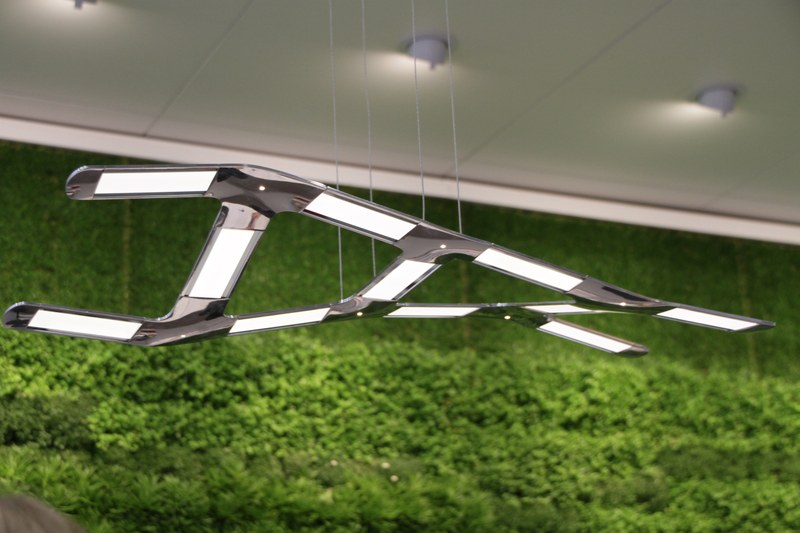
Figures 1-3: While industry has largely concentrated on developing retrofit LED lamps that integrate into existing infrastructure, new applications are emerging that allow engineers, designers and industry to explore the potential of SSL technologies
Having overcome the 1st stage of engineering system development, where the main bottlenecks that make a system unmarketable are eliminated, SSL technology has also passed the “transitional stage” described by TESE. The technology has been launched on a wide-scale on the market and all its parameters are acceptable. High efficiency, long lifetimes and cleaner energy demands champion the SSL cause. The technology is continuously evolving, mostly to be adapted into existing resources and infrastructure. Currently, the SSL industry is in the most dynamic, 2nd stage of engineering system evolution. This is characterized by rapid growth of production volumes with significant investment, the technology expanding into new applications, custom manufacturing and added value propositions. Understandably, research into solid-state lighting has so far mainly concentrated on replacing conventional lamps with retrofit LED light sources that can be easily integrated into existing electrical infrastructure. However, new innovations are giving industry and lighting designers unlimited opportunities to explore new lighting concepts and develop user-centric solutions.

Figure 2
As the SSL industry becomes competitive to mainstream lighting, additional requirements are being considered to provide added value such as beam properties, color temperatures, color quality and lifetimes. However, challenges still need to be overcome to achieve fully controllable, adaptable, smart systems.

Figure 3
The two most common methods to generate white light for general lighting are color-mixing using RGB LEDs or using “phosphor down conversion” where phosphors are excited using blue or UV LEDs to emit wavelength down-converted white light (RGB). One of the major bottlenecks has been the Color Rendering Index (CRI), which is a parameter that measures the ability of a light source to faithfully reproduce the colors of objects, compared to natural light. Most LED light sources achieve a CRI of over 80 (the sun has a CRI of 100). Current research focuses not only on innovative methods to achieve high CRI and high efficiency sources but also on developing more accurate metrics to assess the color rendition and improving binning strategies (categorization of LEDs into ‘bins’ based on variance in color, flux, forward voltage etc. in the production and supply chain). Significant industrial research focuses on new products with CRIs of 93-95 with efficiencies exceeding 65 lumen/Watt as well as innovative light generation methods combining both the color-mixing and phosphor down- conversion techniques. Traditionally, the Commission d’Eclairage International (CIE) color-rendering index has been used as a measure of the CRI of white light sources. However, more recently, a new Color Fidelity Index (CFI) has been proposed to overcome the shortcomings in the CIE measurement, particularly in terms of color fidelity and color quality. Further, new chromaticity binning strategies are being formulated to address the visually acceptable chromaticity differences within a bin and establish a common basis of white LED binning communication between manufacturers and customers (New Binning Strategy for White LEDs to Improve the Color Quality of Interior Lighting, LpR Issue 46, p. 48, 2014).
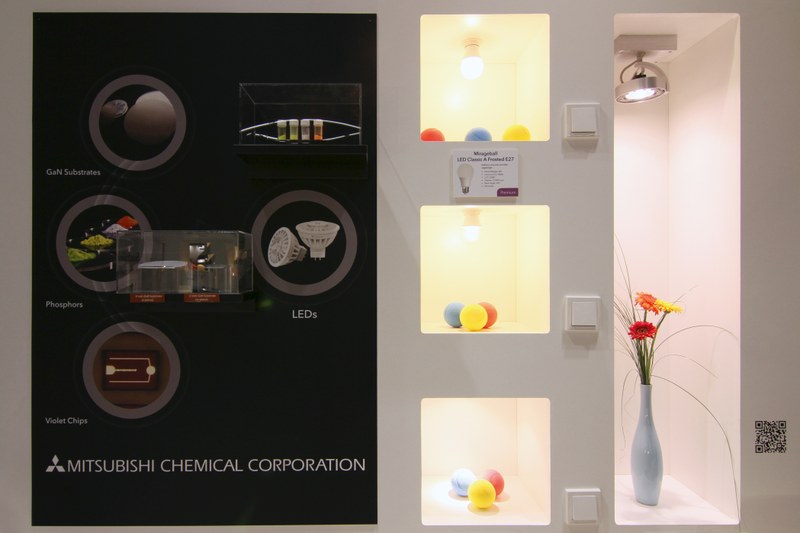
Figures 4&5: The color quality of light is, for example, an important consideration in retail lighting. It ensures that the colors of objects are faithfully reproduced
A major factor contributing to the color quality of white light sources is the Correlated Color Temperature (CCT). Manufacturers in Europe produce white LEDs classified as “warm white” (2,700-3,000 K), “neutral white” (3,500-4,500 K) and “cool white” (5,000 K and above) grouped into “bins” comprising devices of very similar color output. A major challenge with phosphor converted LEDs is overcoming the chromaticity drifts during operation and lifetime due to thermal effects. Solutions using sensors and driver control are common, however, current research is focusing on achieving this without significant efficiency and reliability trade-off (Direct Current Supply Grids for LED Lighting, LpR Issue 48, Mar/Apr 2015). More recently, solutions by modifying the thermo- optic coefficients of materials used in the color conversion element itself, where phosphors are typically embedded in a silicone matrix (Self-Compensation Approach to Reduce Color Shift of Phosphor Converted LEDs upon Temperature Variations, LpR Issue 49, May/June 2015) as well as ceramic phosphors and Al2O3 coated phosphors are being considered (Al2O3 Coated Europium-Activated Phosphor for Use in COB Technology, LpR Issue 51, Sept/Oct 2015).
Figure 5
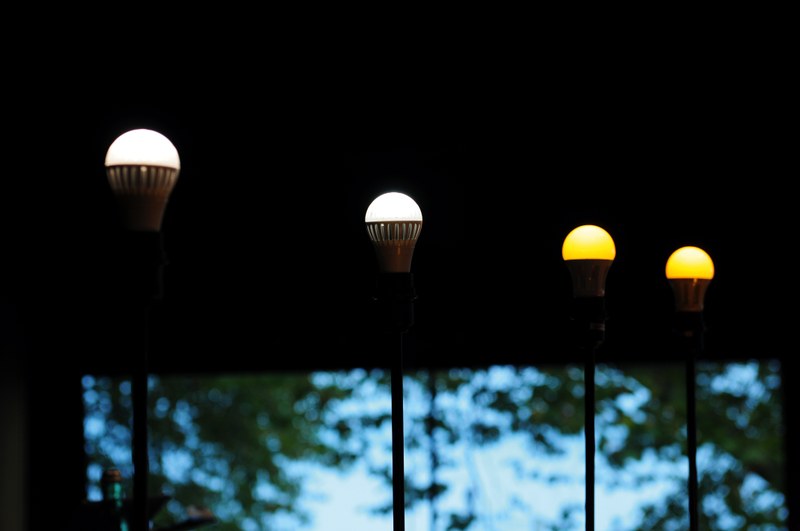
Figures 6&7: From home lighting to commercial buildings, long lasting, non-toxic, energy saving LED sources are becoming increasingly popular
While the SSL industry strives to develop and provide highly efficient, long lifetime and aesthetically pleasing lighting solutions, a key factor influencing almost all reliability parameters is the temperature sensitivity of LEDs. Therefore, thermal management is an ongoing challenge and an area of significant research and innovation. Operating these semiconductor devices over 100°C can drastically reduce their lifetime and adversely effect the output parameters. Both industry and academic research is actively engaged in finding active and passive cooling solutions, the latter being preferred, most commonly with heat sinks. Current advances in thermal management technologies concentrate on reducing the size and weight of heat sinks using novel materials with high thermal conductivities and innovative heat sink designs (further insights on this topic can be found in the Tech-Talks Bregenz on page 38 in this issue).

Figure 7
Carbon based solutions such as plastics filled with graphite particles and ceramics are widely considered, while more recently liquid cooled systems have been introduced. An additional challenge is the efficient thermal management of the whole system, integrating the source with the electronics and drivers.
Additionally, a system in the 2nd stage of system evolution also concentrates on minimizing disadvantages (as a system evolves towards the ideal). In the case of LEDs, this includes the “blue light hazard” that is being widely researched, lifetime concerns and most importantly the cost factor. There is a common consensus among experts in the field that future innovations will be driven by reliability, added functionality and lowered costs. Further, the system seeks more of a co-ordination with the environment and a tendency towards miniaturization and automation. In the case of LEDs, packaging can represent 40% to 60% of LED total cost and, as such, it represents a large opportunity for cost reduction. Chip Scale Packages provide the opportunity for miniaturization and current packaging trends are gearing towards a simplified, single device, modular approach, reducing the complexity. While the main emphasis in the general lighting market has been on inorganic LED sources and devices, the organic LED (OLED) technology has also rapidly evolved in recent years, most often for niche applications. However, in terms of gaining broader use and acceptance in general lighting, OLEDs would need to become significantly cost effective, with options for mass manufacturing and processes (Flexible OLED Technologies for Lighting Applications, LpR Issue 50, July/Aug 2015).
The “system approach” is gaining momentum, especially with emerging new trends such as Human Centric Lighting, Smart Lighting, Internet of Things and Smart Cities - innovations that promise tremendous benefits. A joint study by LightingEurope, the German Electrical and Electronic Manufacturers’ Association (ZVEI) and consulting firm A.T. Kearney estimated human-centric lighting as a business that could reach an estimated EUR 1.4B (billion) by 2020.
Human-centric lighting goes beyond the basic visual needs of people. The biological effects of light on people’s health, well-being, moods and performance is well-known and with people increasingly spending a significant portion of their day indoors, the need for quality light, adapted to human needs is fast becoming a necessity rather than a luxury. Several initiatives are underway world over to increase awareness about “good light” among the general public, especially its effects on elderly people, school children and office workers (Field Study of LED Office Lighting for Improved Well-Being and Performance, Current Issue, p.40). On the industry side the need to provide integrated user-centric solutions has led to evolving value chains and business models. In order to realize lighting solutions that meet individual needs and provide the right light at the right time, various areas of engineering such as sensor technology, wireless communications, adaptive controls, drivers and software are being integrated. There is also a need for standardization for large-scale market acceptance and broad dissemination of this technology and the opportunities that it offers. Apart from adopting SSL at the individual level, large-scale changes implemented by policy makers in conjunction with city planners and architects will go a long way in addressing the issue of “light pollution”. Light/photo/luminous pollution is excess, misdirected, or glary artificial light usually found outdoors. Apart from the health hazards, wastage of energy and carbon footprint, extensive light pollution can result in washing out starlight in the night sky, adversely impact astronomical research and disrupt ecosystems of nocturnal fauna e.g. insects that cluster around artificial lights. Better lighting designs with more directed light (less stray light) that is need-based, better shielded and energy efficient can significantly contribute towards lowering light pollution.
Finally, TESE recommends that a system at the second stage of evolution must concentrate on providing engineering level improvements, minimize disadvantages further and adapt and expand to new fields and applications. In the case of Solid- State lighting these trends are already well underway and the SSL industry as a whole is constantly and creatively tackling optimization challenges. Initiatives like the International Year of Light 2015 will go a long way in raising the qualitative and quantitative understanding of the worldwide community about the driving forces, key opportunities and challenges afforded by this technology. This, in turn, will drive the trends and technologies for future lighting solutions.
